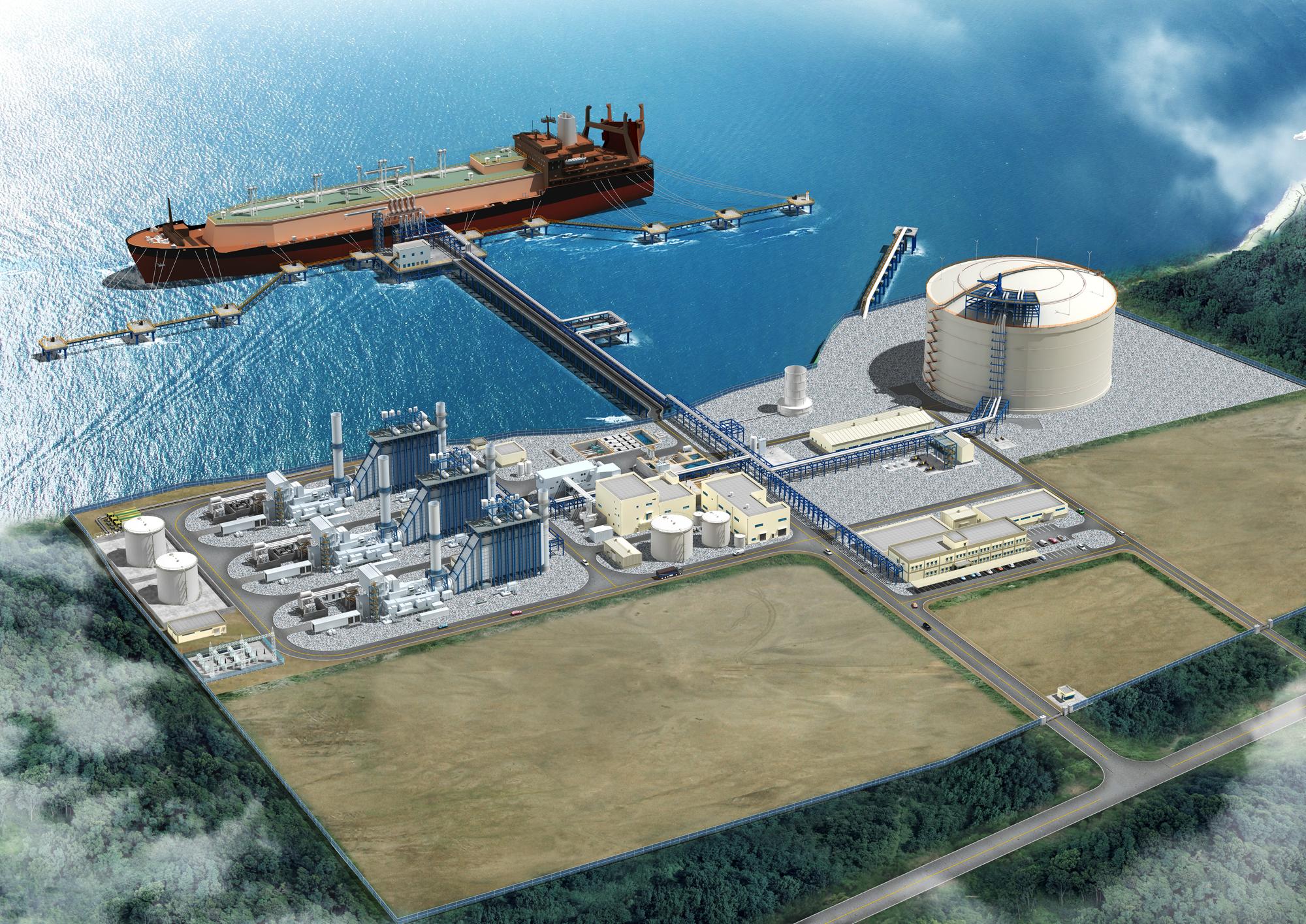Panama launches a sustainable clean energy plan that will reduce energy costs
President Laurentino Cortizo has announced a strategy to renew and reinforce the energy sector in Panama, it is called the ¨Plan for the Comprehensive Development of the Electricity Sector¨. As its names suggest this is a comprehensive and multilateral plan to reduce energy costs, generate cheaper and cleaner energy, enhance power transmission as well as providing electricity to thousands in rural areas, this will, in turn, attract foreign investment as energy costs go down and create thousands of direct and indirect jobs.
This new strategy will be based on bringing new renewable energy solutions to the nation, such as hydraulic energy, wind, and solar energy, as well as natural gas energy, which is the cheapest and cleanest of the thermal energy sources and has been growing exponentially in recent years. This plan also includes shutting down old, low efficiency, high cost and high polluting thermic power plants, reducing dangerous greenhouse gases, and lowering energy prices for consumers, making Panama's energy production more efficient and more attractive for foreign investment, these old petroleum-based power plants will be phase-out by the end 2023. The strategy also contemplates the massive electrification of 3,500 homes to better the quality of life for around 18,000 residents of Panama, as well as the investment of 90 million dollars to strengthen the power delivery system and further develop the energy sector in the north of the country.
It is with this new strategy in mind, that the president has announced a plan to build a billion-dollar natural gas plant, meant to reduce energy cost and supply the nation with 670 MW of power, as well as reducing greenhouse gases, due to natural gas being one of the cleanest forms of energy, the company building the new plant is the Energy Gas Panama Consortium, made up of Inter Energy Group with 51% of the shares, AES Panama with 24% and the government of Panama with 25%. The president has stated that as a shareholder, Panama will not have to give any money toward the construction of this power plant and that this project will generate close to 3,000 direct jobs as well as thousands of indirect jobs as soon as construction begins.
As the search for cleaner and cheaper energy sources continues, Liquid Natural Gas or LNG, has become a great alternative to old, less efficient, high cost and high polluting thermal energy sources, it is sometimes called ¨The energy of the future¨ due to being the cleanest of the fossil fuels, leaving a much smaller carbon footprint. The combustion of natural gas does not emit dust, soot, or fumes, it only produces one-half of carbon dioxide emissions when compared to burning coal, or one-third less when compared to petroleum.
When a thermal power plant is fueled by natural gas instead of coal, it is associated with:
- an 81% reduction in carbon dioxide (CO2),
- an 8% reduction in nitrogen oxide (NOx),
- a 100% reduction in sulfur (SO2) and fine particle emissions.
The impact natural gas has on the environment is such, that if coal-fired power plants were replaced by natural gas power plants, the CO2 emissions would be reduced by around 20% on a global scale.
Natural gas use is expected to account for 25% of the world's energy by 2035, compared to 23% today, it can also serve as a backup to intermittent sources of power, such as wind and solar. The production of LNG is relatively easy, first, natural gas is extracted from fields, mainly located in Norway, Qatar, Russia, and the USA, once it's extracted it is then transported to its destination. Although there are some countries where LNG can be transported via underground pipelines, its primary method of transportation to most countries is by sea, shipped in specially designed ¨tanker ships¨. To enable this method of transportation, the natural gas is cooled down employing a refrigerated cycle (compression, condensation, expansion, evaporation) This process makes the gas turn into a liquid, becoming Liquefied Natural Gas, once it has been liquefied, it can be stored and transported in the tanker ships, where it can maintain its liquid form until it arrives at the terminal. Once it arrives, it is unloaded, then stored in cryogenic tanks to maintain the gas in liquid form, once the liquid gas is ready to be used, it goes through a regasification process, using heat exchangers, once this process ends, it is ready to be used as an energy source at the natural gas power plants, these plants can be built in as little as 20 months, and have projected lifetimes of 30 to 40 years.
The president also announces that the government is in the middle of negotiations with AES, to acquire all of the shares of the Bayano hydroelectric power plant, if successful, the country will be able to use the waters of the Bayano reservoir, one of the largest water reservoir in the country, with a storage capacity of over 27 billion cubic meters of water, which would be then used for water supply, for the operations of the Panama Canal and to generate electricity.
Lowering energy cost has become a key policy for the Panamanian government, for two important reasons, the first one being that, if energy production costs are reduced, it will directly impact the final price of electricity paid by consumers, considering that as of today the price of electricity paid by Panamanians is well above the global market average, this is also something that the Panamanians have asked for years. The second reason is that when it comes to foreign investment, electricity cost is one of the key factors taken into consideration when companies choose where to invest, especially when high energy demanding industries such as the robotic industry, as well as cryptocurrency mining are on the rise. Therefore, the commercial cost of electricity is becoming a major aspect when it comes to staying competitive in the global market.
